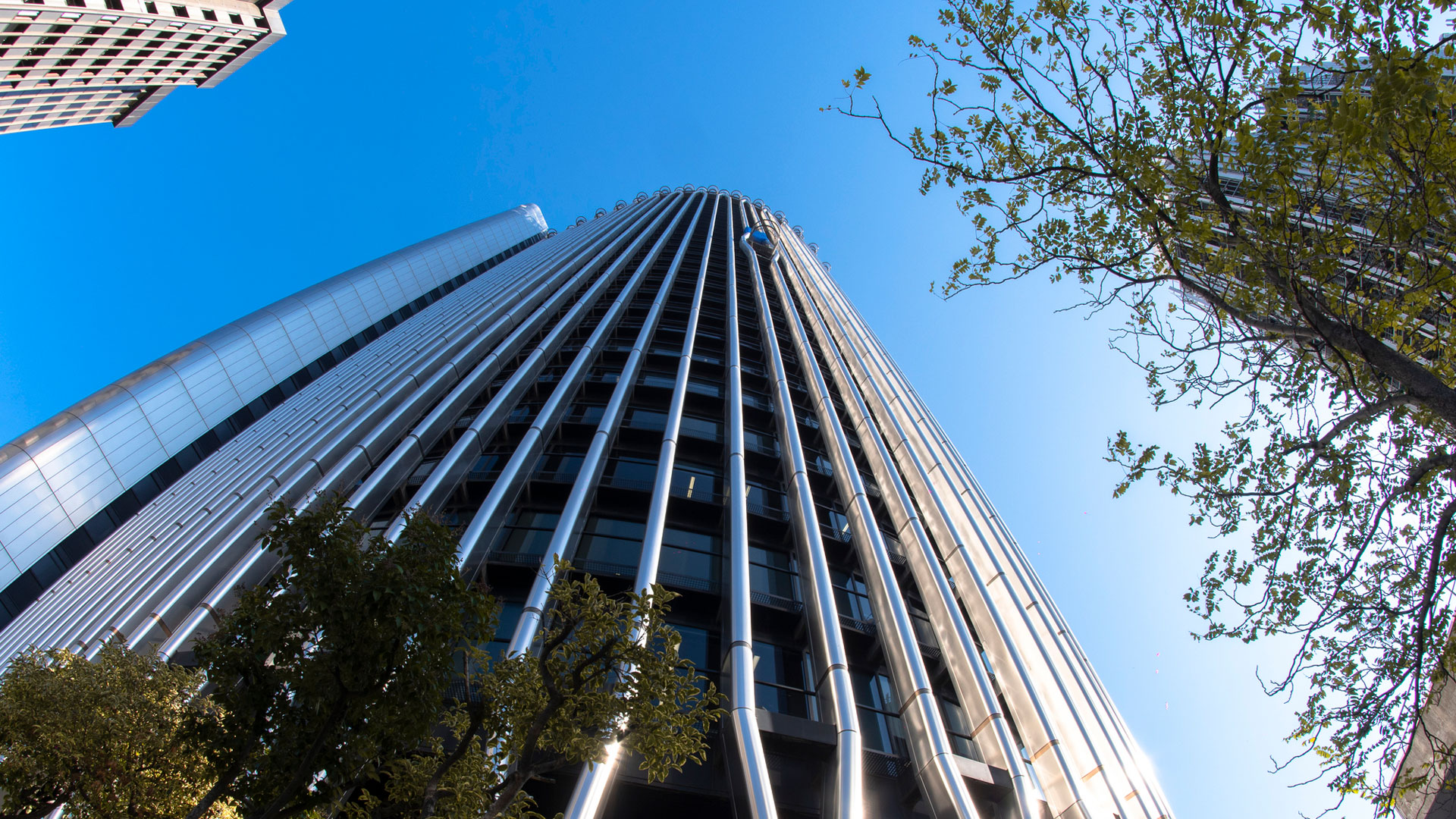01.10.2021 | Steady progress on Switzerland’s largest alpine solar power plant at the Muttsee dam wall
Construction at an altitude of over 2500 meters
The construction of the largest alpine solar plant in Switzerland is progressing. Once completed, AlpinSolar will produce 3.3 million kilowatt hours of electricity per year - half of it in winter. Axpo, IWB and Denner are making a contribution to the energy revolution with this pioneering project.
The AlpinSolar solar power plant is being built in the Glarus region in the high alpine border area between the cantons of Glarus and Graubünden, at 2500 meters above sea level. The 1054 meter-long dam wall on the Muttsee, which is part of the Limmern pumped storage plant, opened in 2016 and the longest dam wall in Switzerland, faces south and thus has optimal conditions for solar power.
Solar power - untapped potential above the fog line
Axpo, Switzerland's largest provider of renewable energy and operator of the Limmern pumped storage plant, wants to use the dam's potential as an additional source of energy. The idea behind the project is as captivating as it is challenging. By installing solar panels on the dam wall, the solar plant can be built on to existing infrastructure. Add to this the fact that solar plants above the ‘Sea of Fog’ can also supply electricity in winter, when production figures for panels on the Central Plateau are close to zero.
Achieving more together
Axpo put together a project team with many years of construction experience in the Glarus Alps, which obtained construction approval from the site municipality of Glarus South and has meticulously planned the logistics for around 750 tons of material. The energy service provider for the city of Basel, IWB, was secured as a partner. Together, Axpo and IWB are now building the largest alpine solar plant in Switzerland. Planeco, a subsidiary of IWB, is responsible for the construction and installation of the solar plant.
See for yourself how construction is taking place at 2500 meters above sea level:

The prefabricated components and machines for the solar power plant are transported by helicopter. A lifting crane, for example, was disassembled in the valley, flown up in individual parts and reassembled on the dam wall. The inevitably larger CO2 footprint resulting from the use of the transport helicopter will, however, be offset after just two months of plant operation. Nevertheless, the construction of the solar plant in the Glarus Alps is an expensive undertaking, fraught with the risk of delays because assembly work is only possible in flying weather. Good weather days were scarce in the summer of 2021. The solar plant will be fully commissioned in August 2022.
Research and innovation
The experience and data gained from this pioneering project is of particular interest to EPFL in Lausanne and the Institute for Snow and Avalanche Research (SLF) and will be invaluable for other installations in the alpine region. Key research components include analysis of panel tilt angles, wind and snow load values and different panel types. Early in the project, an SLF study calculated the expected pressure of snow on the solar panels at the dam. This led to the choice of robust bifacial glass modules from the Swiss manufacturer Megasol. In addition to direct solar radiation on the front of the panels, these also use indirect and diffused light on the back.
In order to make optimal use of the available surface area, Megasol uses two different sized module types of 460 watts and 385 watts respectively. For the installation, Planeco developed an insertion system that had never been used before on this scale.
Investments in alpine solar plants do not pay off at present
The higher a solar plant is located, the better the utilization of the plant, especially in winter. However, the fact that installation costs are much higher than at the bottom of the valley is not taken into account in the one-time reimbursement from the federal government for the promotion of electricity production from photovoltaic systems. The fact is that the promised one-time compensation of 300 Swiss francs per kilowatt, i.e. a total of around 600,000 Swiss francs, by no means covers the additional costs for the complex installation and safeguarding. In Denner, however, the project initiators found a partner who supports this pioneering approach and will purchase the electricity produced for 20 years under a power purchase agreement (PPA) at a price that takes into account the high costs of the plant.
Reducing dependence on imports through winter electricity
Despite the support of its partners, AlpinSolar cannot be operated economically under current conditions, but the project shows how the great potential of solar energy in the Swiss mountains can be harnessed. Every kilowatt of domestically produced winter electricity contributes to reducing Switzerland's dependence on imports in winter. After the failed framework agreement with the EU, the associated electricity agreement now seems a distant prospect and the ability to import has been fundamentally questioned. Circumventing import bottlenecks in winter with new domestic production from renewable energies is central to a continued secure supply of electricity.
One swallow does not make a spring
One plant alone is not enough to achieve the desired energy turnaround. However, there is potential to make a contribution to reducing the winter electricity shortfall with a larger number of alpine solar plants. "People need pioneering projects to recognize opportunities and possibilities," says Axpo CEO Christoph Brand. "That's why we are investing in AlpinSolar." Seeking new paths takes courage. Since its founding, Axpo has participated in pioneering projects and ventured into new territory. The fact that investments in alpine solar projects are currently uneconomical is a result of current energy policy. "Parliament now has it in its hands to tackle these issues. In any case, we are prepared to invest substantially again in Switzerland if the framework conditions are right," says Christoph Brand.
AlpinSolar
Above the fog line, at the Muttsee dam, part of the Limmern pumped storage plant at 2500 meters above sea level, the largest alpine solar plant in Switzerland is currently under construction. The dam is the highest in Europe and, at 1054 meters, the longest in Switzerland. Optimally oriented to the south, the wall is sunlit all day.
The energy service providers Axpo and IWB are turning the dam wall on Lake Muttsee into Switzerland's largest alpine solar plant. Denner supports the project and will purchase the solar power over the next 20 years. The 4872 solar panels are currently being installed. The solar plant covers a total area of 10,000 square meters. This corresponds to about 1.5 football pitches. After completion, AlpinSolar will produce 3.3 million kilowatt hours of electricity per year - half of it in winter. This equates to the annual demand of around 740 four-person households.





